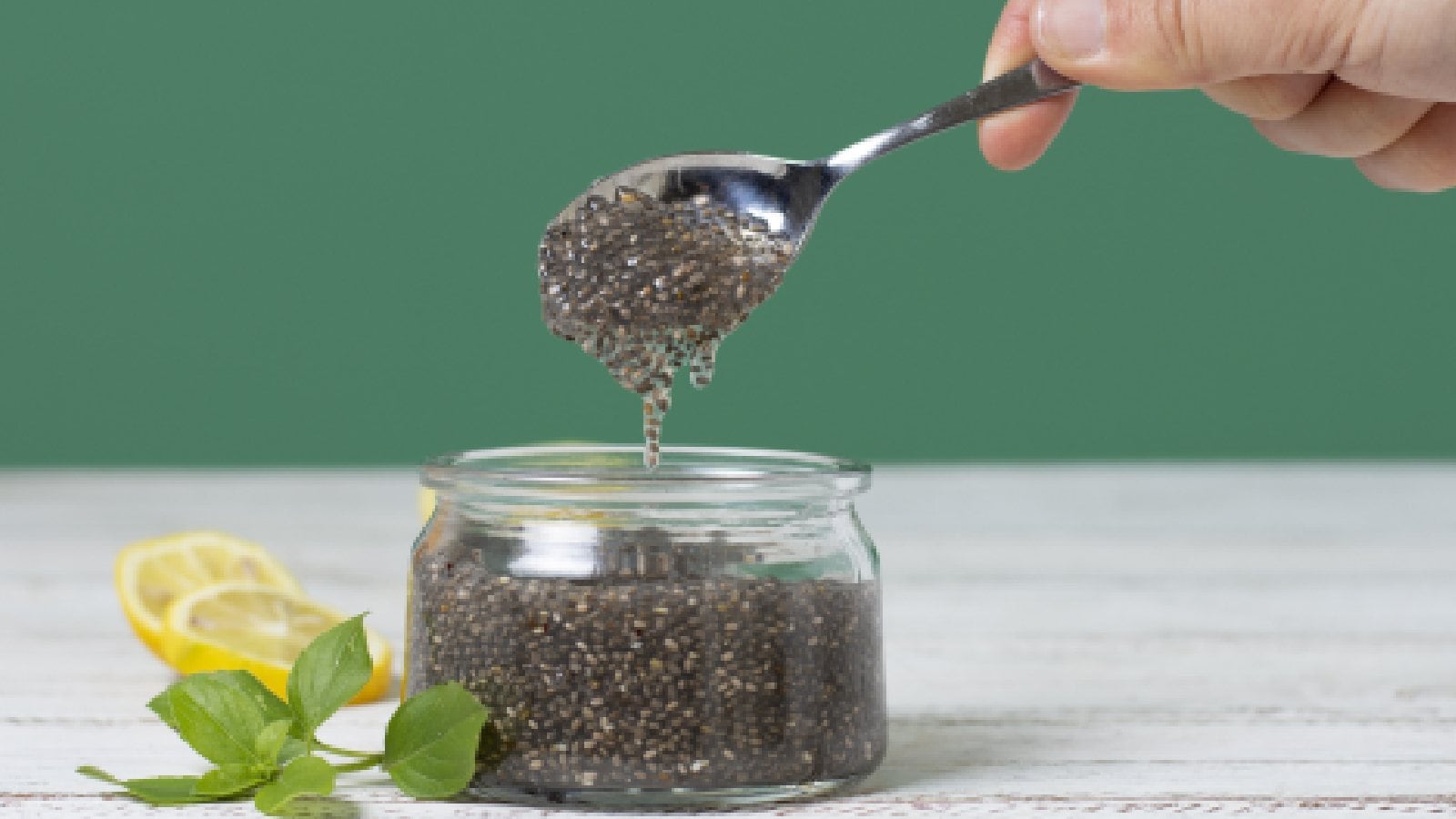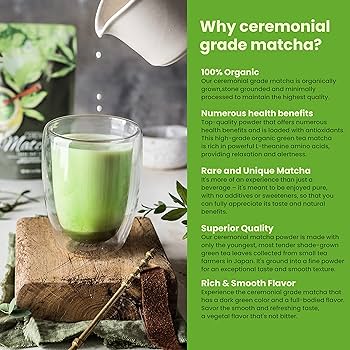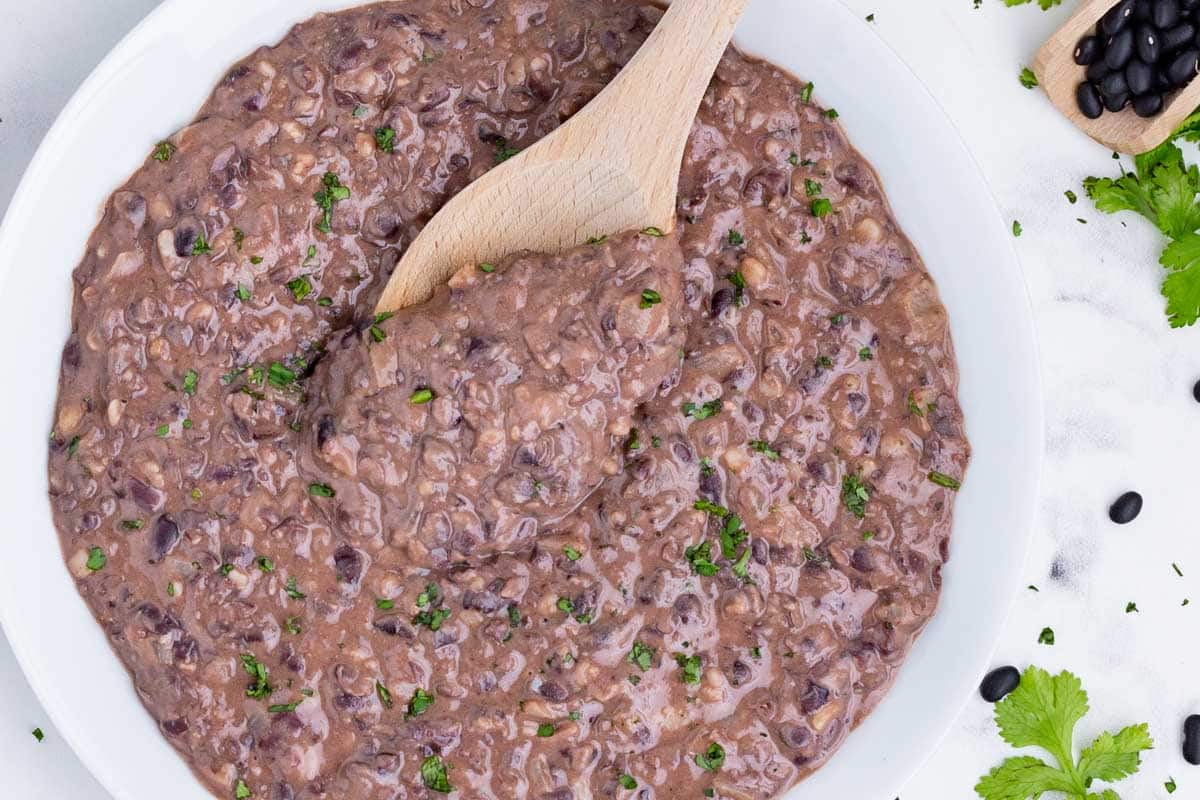How Long to Soak Chia Seeds for Maximum Nutritional Benefits: ExpertBacked Tips!
– Chia seeds have benefits such as increased omega-3 and fiber intake, antioxidant support, blood sugar stabilization, and weight loss.
– The best way to consume chia seeds is by soaking them in water or other liquids to bring out their gel-like consistency.
– Protein powder or meal replacement shakes can be used alongside soaked chia seeds for weight loss.
– Chia seeds are excellent sources of dietary fiber, protein, calcium, magnesium, and omega-3 fatty acids.
– Chia seeds contain chlorogenic acid, which may help regulate blood pressure.
– Chia seeds contain caffeic acid, an antioxidant with anti-inflammatory properties.
– Chia seeds are packed with fiber and alpha-linolenic acid (ALA), an omega-3 fatty acid, which may benefit heart health.
– The ALA in chia seeds also promotes bone health and may help prevent conditions like osteoporosis.
– Some research suggests that chia seeds can help manage blood sugar levels.
– Soaking chia seeds in water brings out their gel-like consistency and makes them tasty and enjoyable in various recipes.
– Soaking chia seeds effectively ensures maximum absorption and a gel-like texture.
– Chia seeds can be used as an egg substitute in baking and in chia pudding recipes.
– For a chia egg replacement in baking, let 1 tablespoon of chia seeds sit in 3 tablespoons of water for 5 minutes until it forms a gel-like consistency.
– To add chia seeds to meals, sprinkle 1-2 tablespoons over dishes like salads, rice bowls, stir-fries, yogurt, or breakfast cereal.
– For chia pudding, combine ½ cup of chia seeds with 2 cups of soy milk (or preferred milk). Add sweetener, flavorings, and any desired toppings. Let it sit in the fridge for at least 2 hours or overnight.
– To make chia water, mix 1-2 tablespoons of chia seeds with 1 cup of water. Let it sit for 15-20 minutes or overnight in the fridge.


